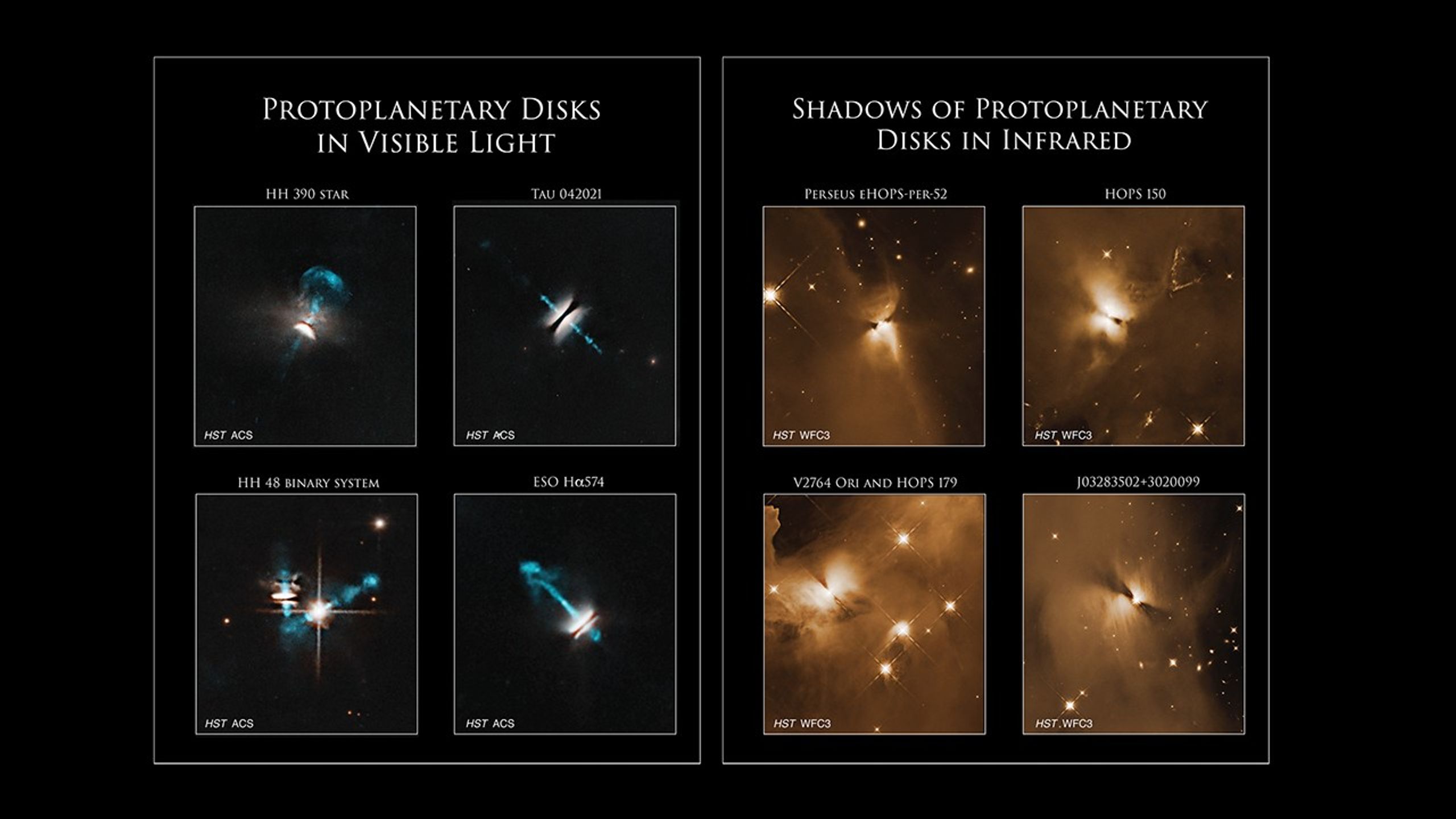Thanks to astronomer Edwin Hubble and others, scientists have known since 1929 that our universe is expanding. Its current rate of expansion is called Hubble’s Constant (H0). There are two leading ways to measure H0, and for fifteen years, they more or less agreed with one another.
Not anymore, and that’s a big deal.
Here’s why.
In the “Standard Model of Cosmology,” H0 is a crucial ingredient, right up there with the speed of light. H0 factors into everything we know about the universe: how old it is, how big it is, what it’s made of... If H0 is ‘tweaked’, we get a different age of the universe, different relative amounts of matter, dark matter, dark energy, and so on.
Unlike the speed of light, however, scientists can’t measure H0 in the laboratory. Instead, H0 has to be inferred from observations of the universe.
One way scientists have measured H0 is to use observations of type 1a supernovae combined with their host galaxies redshifts. Each 1a supernova releases roughly the same amount of light when it explodes. Measuring the amount of light we receive from a 1a supernova tells us its distance. Measuring an object’s redshift, or its increase in wavelength, tells us how fast that object is moving away from Earth. Researchers use many 1a supernovae as distance markers, measuring objects in our local universe then moving out to get a measurement of the universe’s rate of expansion.
The other H0 measurement technique looks at the Cosmic Microwave Background (CMB) -- the “afterglow” from the Big Bang itself. The early universe was hot and dense, light couldn’t travel freely through space. As the universe cooled, the photons were released. This radiation left an imprint, providing insights into the composition of the universe at that time. The CMB can be used to make measurements from the early universe such as the density of dark matter and dark energy. Those measurements can be combined with the model of the evolution of the universe, allowing researchers to infer the rate of expansion of the universe, or Hubble’s Constant.
As these two camps have improved their abilities to measure H0, it has become clear that they disagree. A recent study using the first method yielded an 8% greater expansion rate than the second method’s result.
Now scientists are asking: Are we missing something?
Wendy Freedman, Sullivan professor of astronomy and astrophysics at the University of Chicago says, “It could be that we don’t understand the uncertainties well enough to know why these two methods differ.”
Freedman led a 2001 study using the Hubble Space Telescope to measure H0 via the first method, and is leading a new project to measure it more accurately.
Another intriguing question: Is it incorrect to expect agreement in these measurements of H0? Maybe the Standard Model of Cosmology, which predicts agreement, is wrong. That would send researchers on an exciting search for a new model of the cosmos.
“Do we really know what makes up all of the radiation in the Big Bang?” wonders Freedman. “Is there a new kind of particle we aren’t accounting for? Or are dark energy’s or dark matter’s properties changing over time?
Over the next few years, researchers like Freedman will be trying to poke holes in how each method conducts its analysis -- before possibly invoking a revised model of cosmology.
For more mind-expanding news about the cosmos, stay tuned to science.nasa.gov.


































